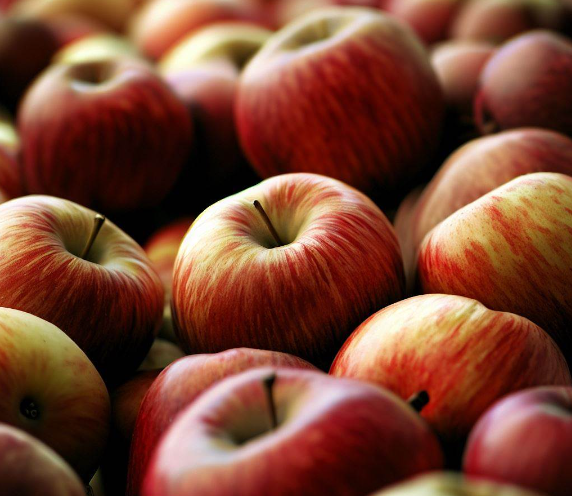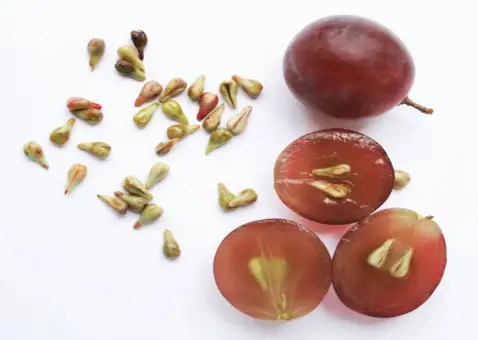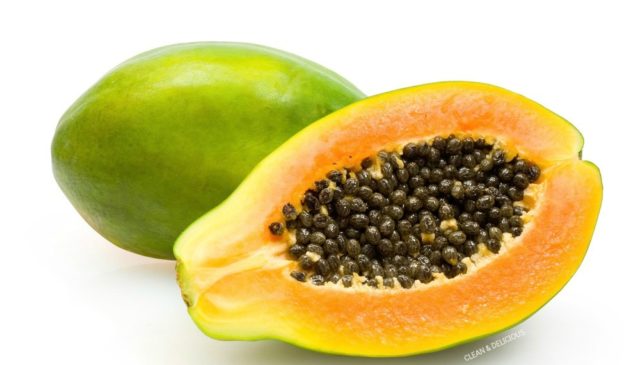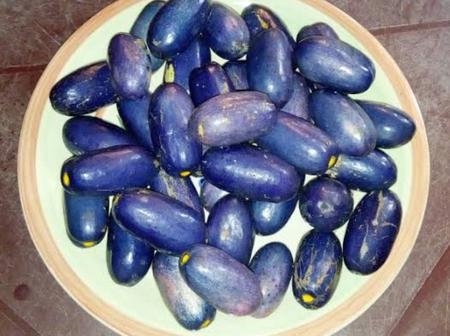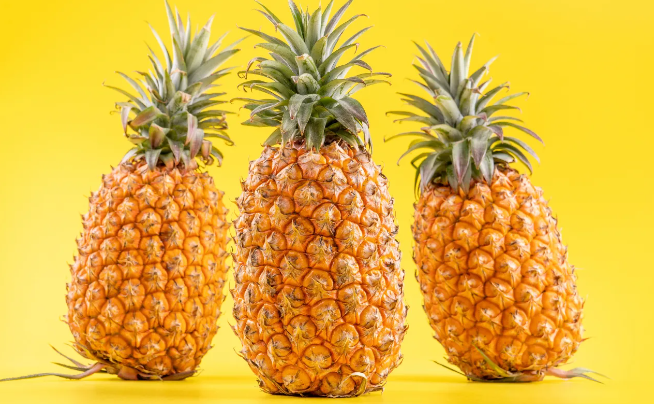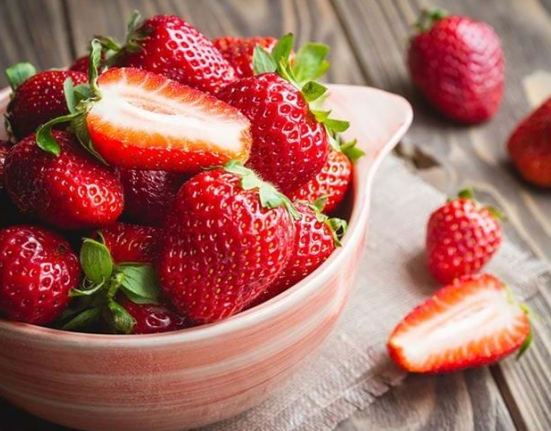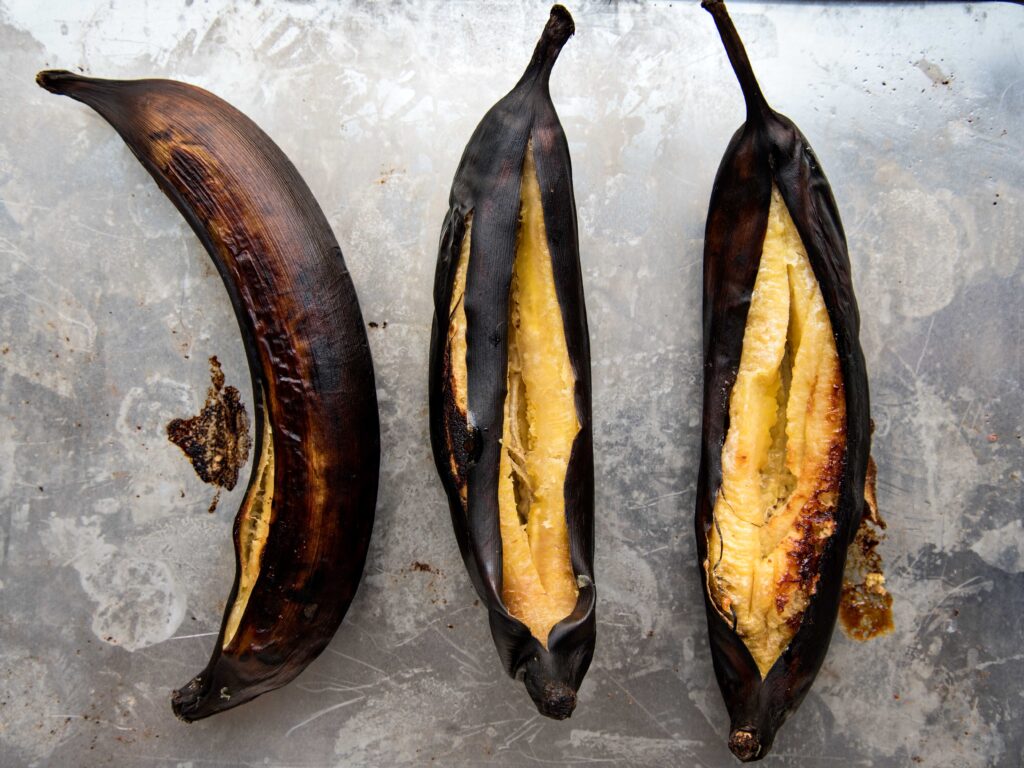Ever wondered why fruits and vegetables are known as “produce”? To figure this out, we’ll have to look way back in history. A long time ago, in the 1600s and 1700s, many people grew their own food, such as fruits and veggies. There weren’t any big stores selling food that comes in boxes or bags like today.
Farmers harvested what they grew and took it to sell in towns or cities. They’d sell their just-picked fruits and vegetables in markets under the open sky. These items, sold straight from the farms, started being called “produce” or “farmer’s produce.”
The name “produce” helped people know these foods were fresh and came right from the farm. This was different from foods that lasted a long time without going bad, which you could buy in little stores. These were things like dry flour, sugar, or canned stuff.
Table of Contents
So, Why Do We Say Fruits And Vegetables Are Produce?
Well, when we say “produce,” we are talking about the fresh plant foods that farmers grow for us to eat. It shows that these foods are natural and made by farming.
“Produce” also means that these foods can spoil and should be eaten soon, unlike other foods that can be kept for a long time. Fruits, veggies, nuts, and grains – all of these are types of produce. Bananas, for example, are a kind of produce.
1. Produce Comes From Farming
All of the fruits, vegetables, grains, and such are grown by farmers through a process called agriculture. It is when farmers work the land to make food and other stuff. The things that we get from this work, like the foods that end up in our kitchens, are often grouped together because they all come from farm work.
2. It Is What A Farm Makes
The different plants that a farmer grows and gathers are known together as their “yield.” It’s basically everything the farm creates, like veggies, fruits, and nuts. So, the word “produce” covers all these plant-based foods that come from farming.
Many things we call produce start as tiny seeds, then grow into plants and finally give fruits or vegetables that we pick and eat. For example, tomatoes and squash both follow this kind of life story from seed to ripe food. This process of growing and getting ready to eat is something they have in common, which is why we put them together in the “produce” category.
How Farming Big Time Changed Things
As towns turned into big cities in the 1800s, people needed a better way to get lots of food to everyone. This is when farmers started growing food in really big amounts, something we call commercial agriculture.
They grew produce far away from the cities and used new ways, like trains, to get it to the people without it going bad quickly. Then, stores began to get their fruits and veggies from various places and sell them all together. No matter where they came from, all the fresh fruits and veggies got the name “produce.”
What Are the Main Types Of Produce?
Produce is a big word that covers many types of food from plants, but there are some key kinds we usually think of:
1. Fruits
Fruits are sweet or sour and have seeds inside. They grow on different kinds of plants like trees, bushes, or vines. When we think of produce, we often imagine fruits like apples, oranges, strawberries, melons, peaches, and tropical ones like bananas.
2. Vegetables
Vegetables are parts of plants we eat, like roots, leaves, or stems. As produce, they include things like lettuce, carrots, peppers, onions, and tomatoes.
3. Herbs And Spices
These are plants we use to flavor our food because they smell and taste really good. Herbs and spices, such as basil, oregano, cinnamon, and garlic, are all counted as produce.
4. Grains
Grains come from grass plants that give us seeds like wheat, rice, oats, or corn. These seeds are used to make things like bread or cooking oils.
5. Legumes
Legumes include beans, peas, and even peanuts. They have seeds inside pods and are really good for protein.
6. Nuts And Dried Fruits
Nuts, like almonds or walnuts, grow on trees, and dried fruits are things like raisins or dried apricots. These also are types of produce.
Even though we usually think of produce as just fresh fruits and veggies, it actually describes a wide range of yummy plant foods.
Why We Still Use ‘Produce’ Today
In our world today, we still say “produce” for a bunch of reasons, even though how we get our food has changed a lot:
- Tradition – We’ve used the word for a long time, and it just sticks.
- To tell the difference from boxed foods – It shows that produce isn’t the same as canned or frozen foods.
- It sounds fresh from the farm – The word reminds us that produce isn’t made in a factory.
- We think of it as healthy – When we hear “produce,” we think of good choices for eating.
The word “produce” talks about all kinds of plant foods that come from farming, like fruits, veggies, grains, and nuts. It began a very long time ago as a way to say what a farm makes. And even though we mix it up most with just fresh fruits and veggies, “produce” really means a whole lot of different tasty foods from plants.

